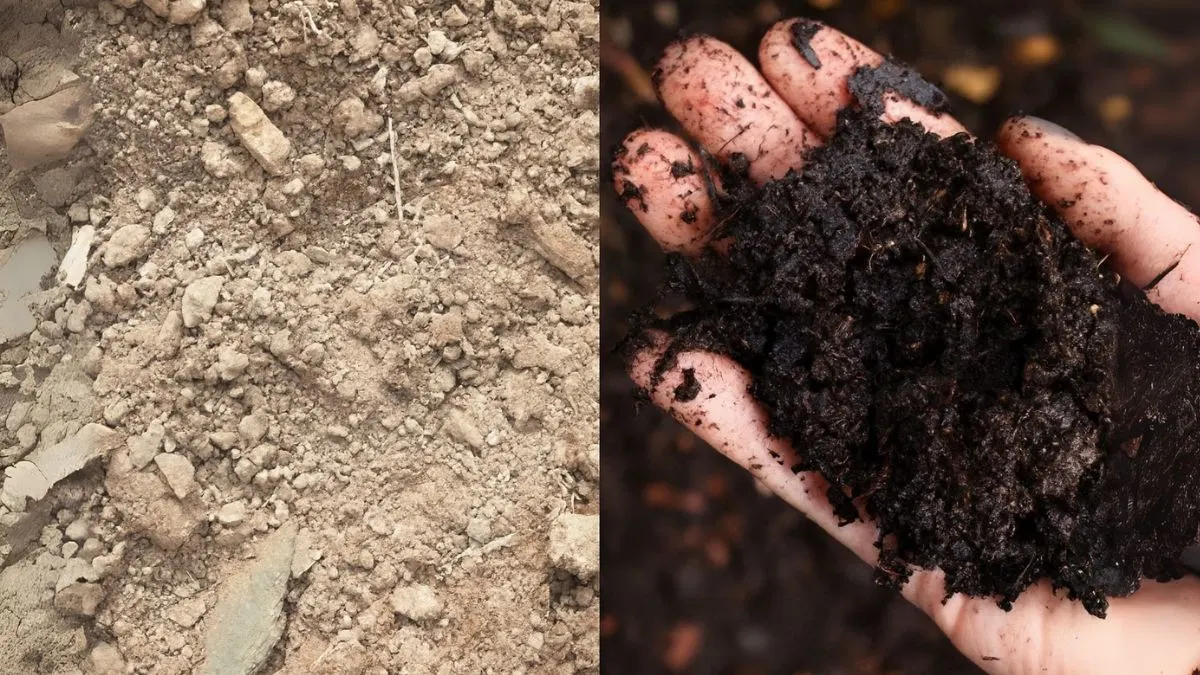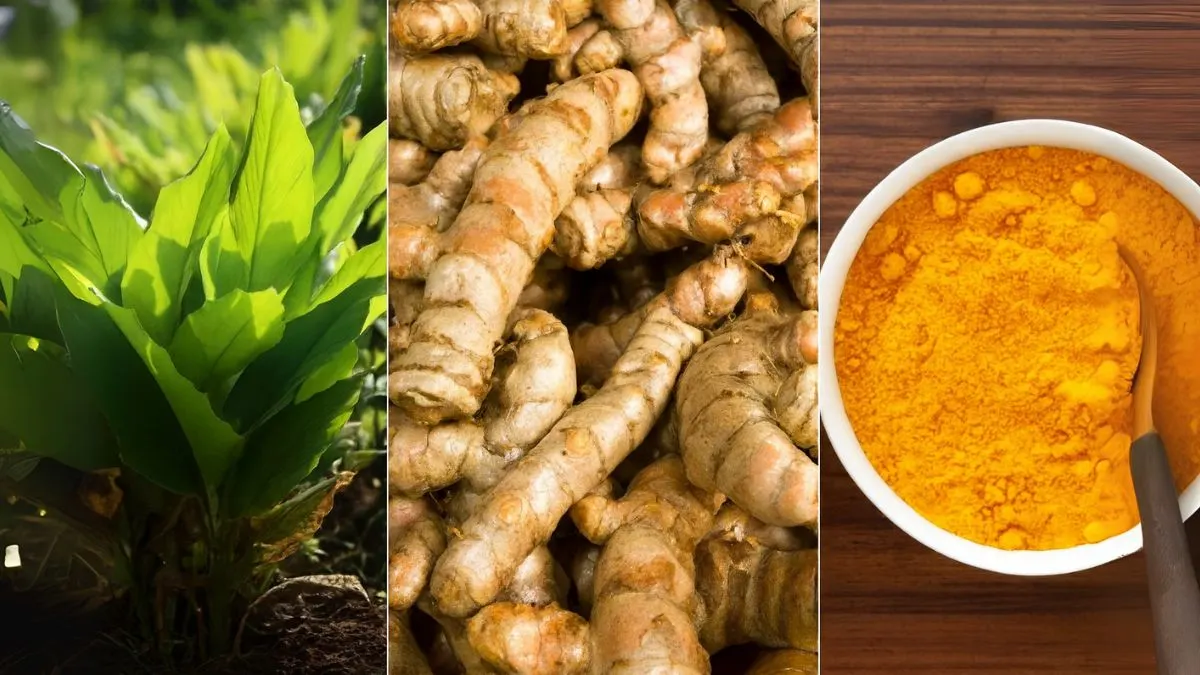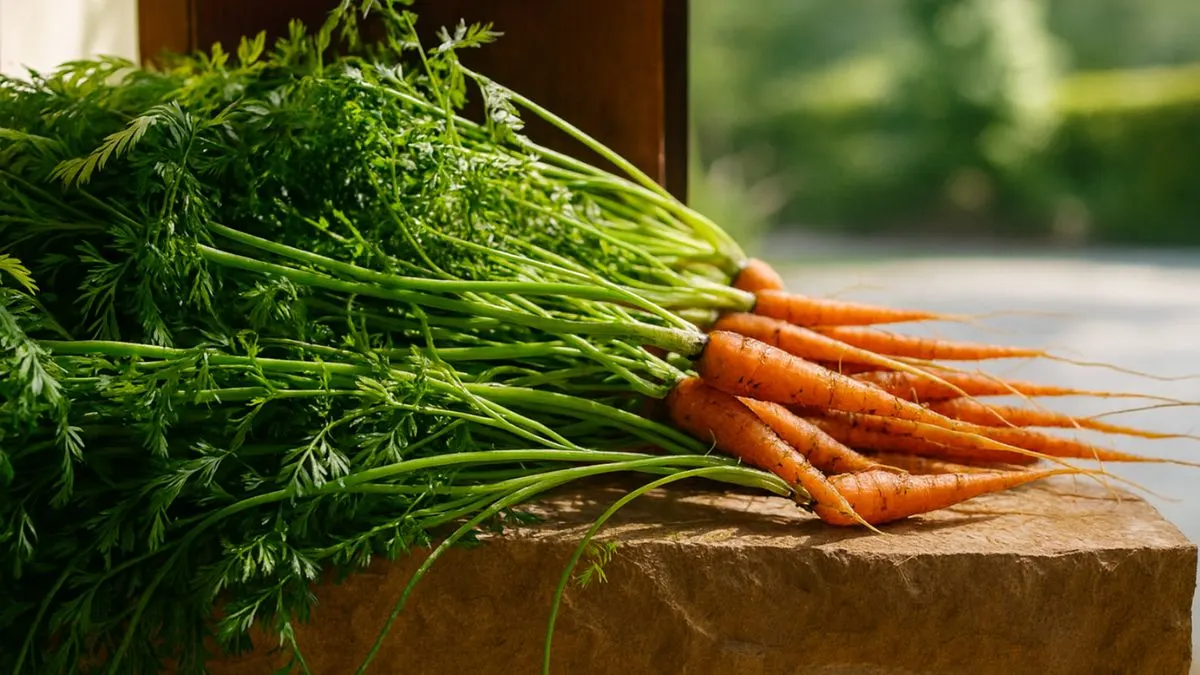Indoor plants are often seen as the silent heroes of home décor. They purify air, reduce stress, and give your living space a peaceful vibe. But not every leafy friend is as innocent as it seems. If you’re living in the USA, Canada, or anywhere else in the world, and have curious kids or pets, some plants can do more harm than good.
Let’s talk about the ones you should think twice about bringing home.
1. English Ivy, Pothos, and Peace Lilies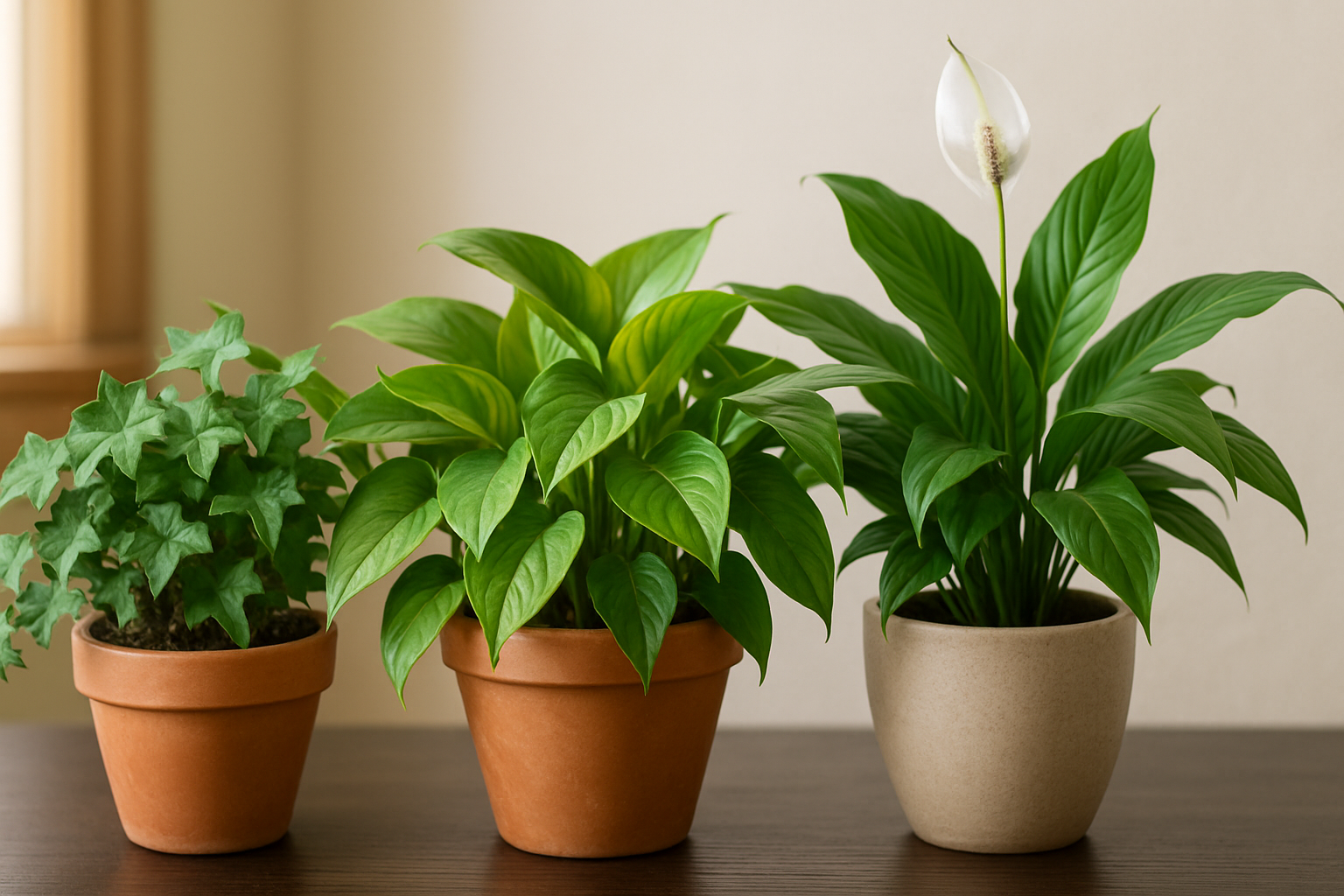
These are stunning and popular in households worldwide. But here’s the catch:
- English ivy is toxic to both pets and humans if ingested. It can cause rashes just from touch.
- Pothos is known for being low-maintenance, but it contains calcium oxalate crystals, which can irritate the mouth and digestive system if chewed by pets or kids.
- Peace lilies may sound peaceful, but they’re not. Ingesting them can cause swelling, nausea, and even difficulty swallowing.
Despite their beauty, these three can be risky if you have little explorers at home.
2. Caladium and Dieffenbachia
Ah, the colorful charmers!
- Caladium is loved for its vibrant red, pink, and green leaves. But did you know even a nibble can cause severe oral irritation?
- Dieffenbachia, also called “Dumb Cane,” earned its name because of its ability to temporarily paralyze the vocal cords if consumed.
Both plants look like they belong in a tropical art gallery—but they come with warnings that are often ignored.
3. Cacti: They Guard A Bit Too Hard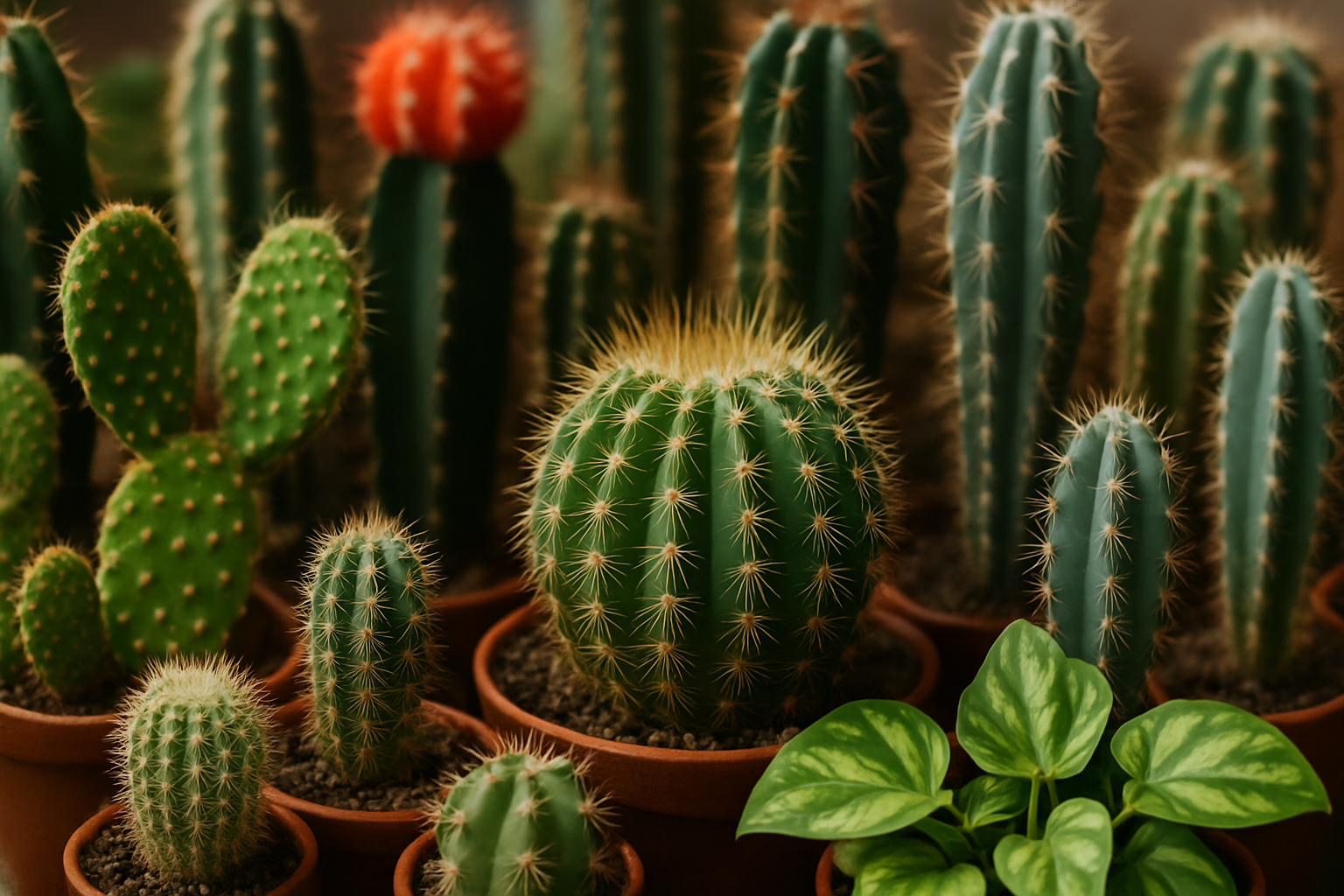
While they are practically indestructible, Cacti might be guarding your room a little too hard. Their spines are not just painful—they can pierce deeply and cause infections.
If you have small children who love to touch everything, or pets who think everything is a chew toy, Cacti: They Guard A Bit Too Hard isn’t just a funny phrase—it’s a practical concern.
Also Read: 5 Fragrant Herbs That Drive Pests Crazy (and Beautify Your Home)
4. Snake Plants, Aloe Vera, and Schefflera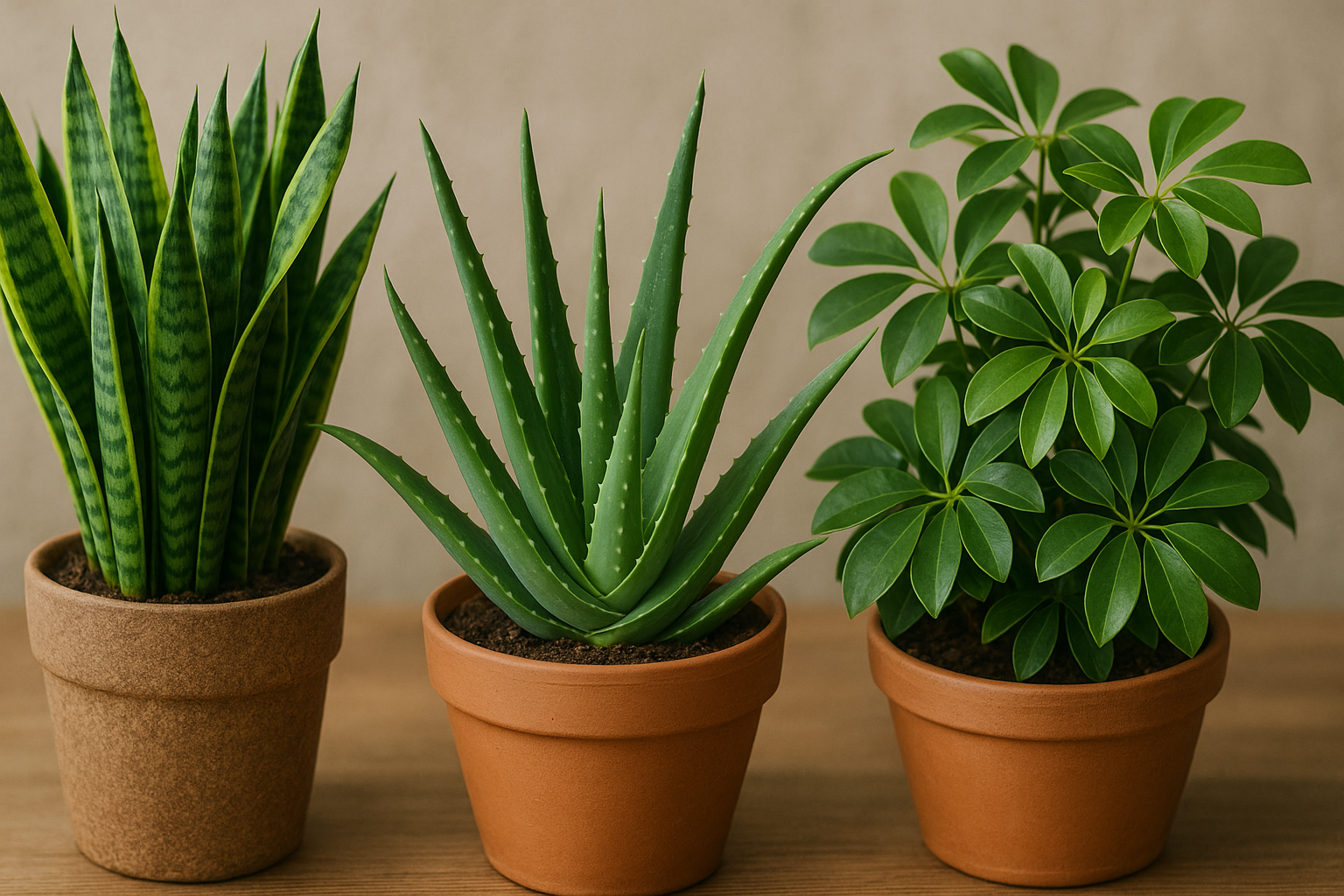
These plants are often seen on “best indoor plants” lists. But here’s what they don’t tell you:
- Snake plants release oxygen at night and are praised for air purification, but are toxic when ingested.
- Aloe vera is great for skincare but contains saponins and anthraquinones, which can cause vomiting and tremors in pets.
- Schefflera, or the “umbrella tree,” contains calcium oxalates that can lead to intense mouth irritation and digestive problems.
These are plants you’ll find in many homes across Canada and the U.S., yet they require caution.
5. Oleander: Pretty but Poisonous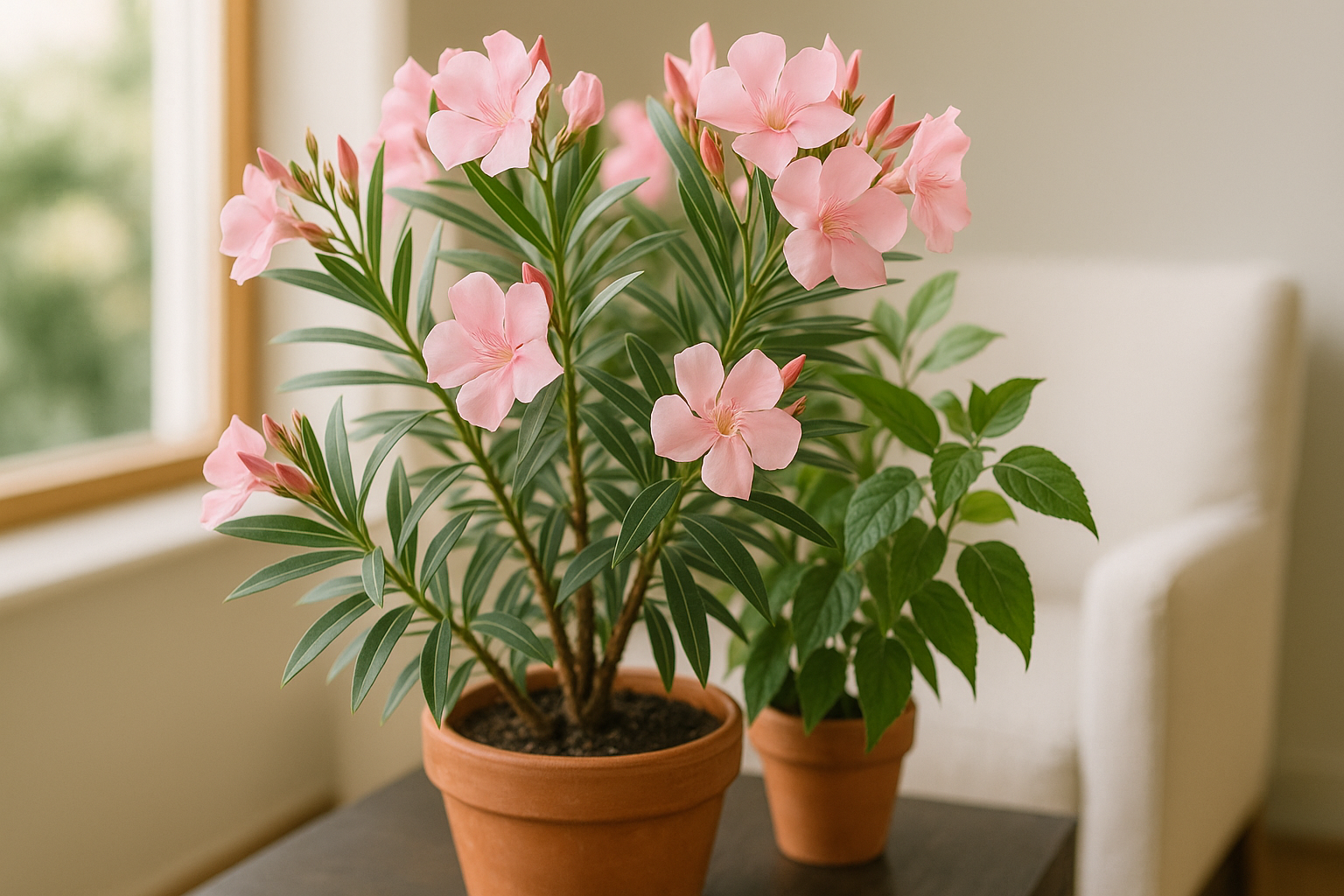
This one’s a big red flag.
Oleander is stunning, with flowers in various pastel shades. But every part of the plant is toxic—leaves, flowers, stems. Ingestion can lead to nausea, slowed heart rate, and even fatal consequences in extreme cases.
Even handling it without gloves can be dangerous. It’s banned in some indoor plant communities for good reason.
6. Cotton Plants Should Not Be Kept Indoors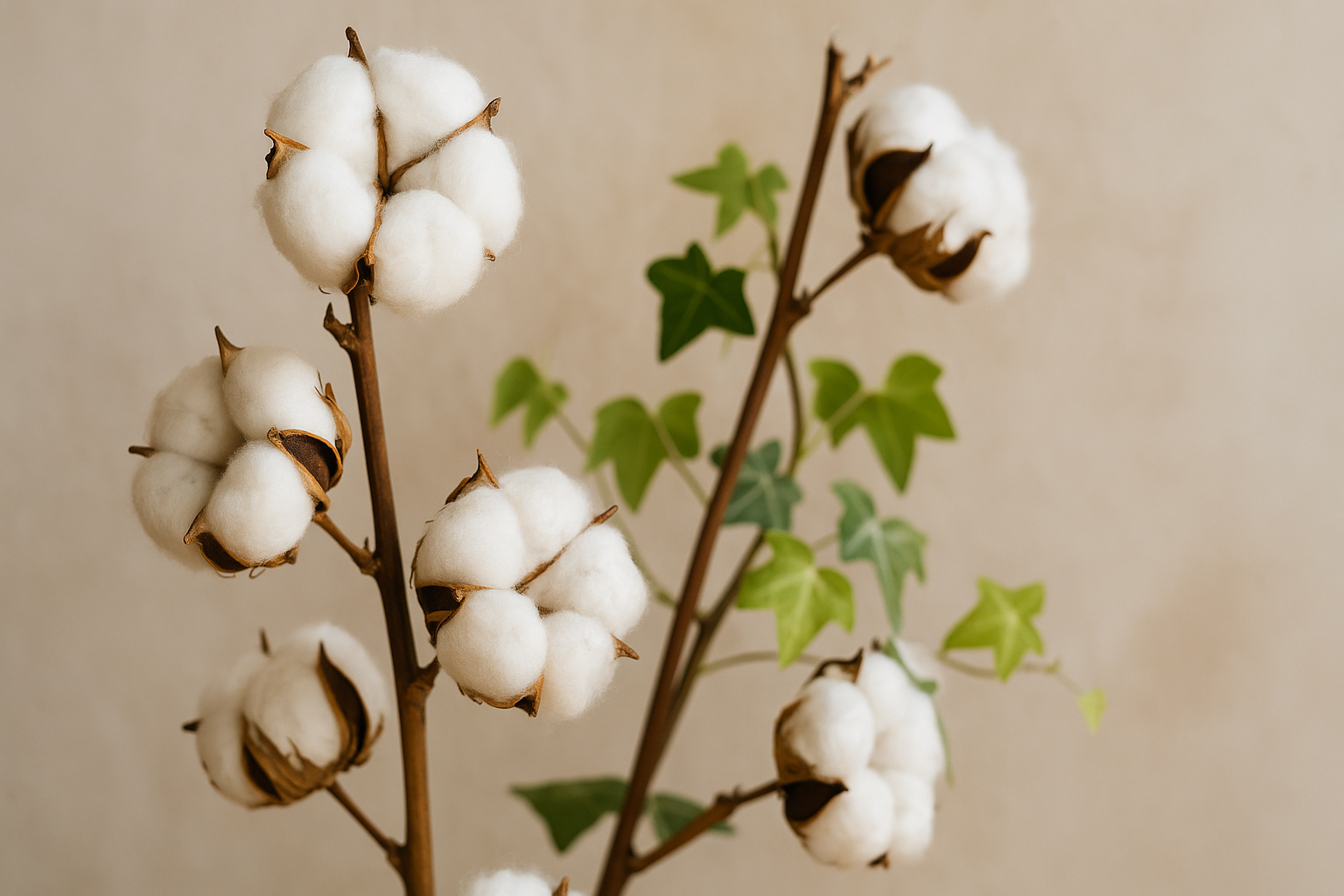
Surprising, right? But it’s true.
Though Cotton plants have that charming farmhouse vibe, they’re not suited for indoor living. They attract pests, mold easily, and can trigger allergic reactions due to the fibers and pollen they release.
Plus, if not treated properly, cotton bolls can harbor pesticide residues from cultivation.
A Quick Look at the Don’ts
| Plant Name | Reason to Avoid Indoors |
| English Ivy | Toxic, causes skin irritation |
| Pothos | Dangerous to pets/kids if ingested |
| Peace Lilies | Oral swelling, nausea |
| Caladium | Severe oral irritation |
| Dieffenbachia | Vocal cord paralysis, toxicity |
| Cacti | Prickly hazard for kids and pets |
| Snake Plants | Poisonous when chewed |
| Aloe Vera | Vomiting in pets |
| Schefflera | Toxic crystals affect mouth and digestion |
| Oleander | Entire plant is highly toxic |
| Cotton Plants | Allergen and pest issues indoors |
Also Read: The Lazy Gardener’s Hack: Regrow These 12 Veggies from Trash
Pick Plants That Love You Back
As someone who once filled her apartment with Pothos and Peace lilies (until her curious kitten landed at the vet!), I’ve learned that not every plant belongs in every home. It’s not just about beauty—it’s about safety.
Before buying another “cute” plant trending on Pinterest, always ask: Is this safe for my space?
If you’re still unsure, opt for pet-friendly choices like spider plants, parlor palms, or Boston ferns.

